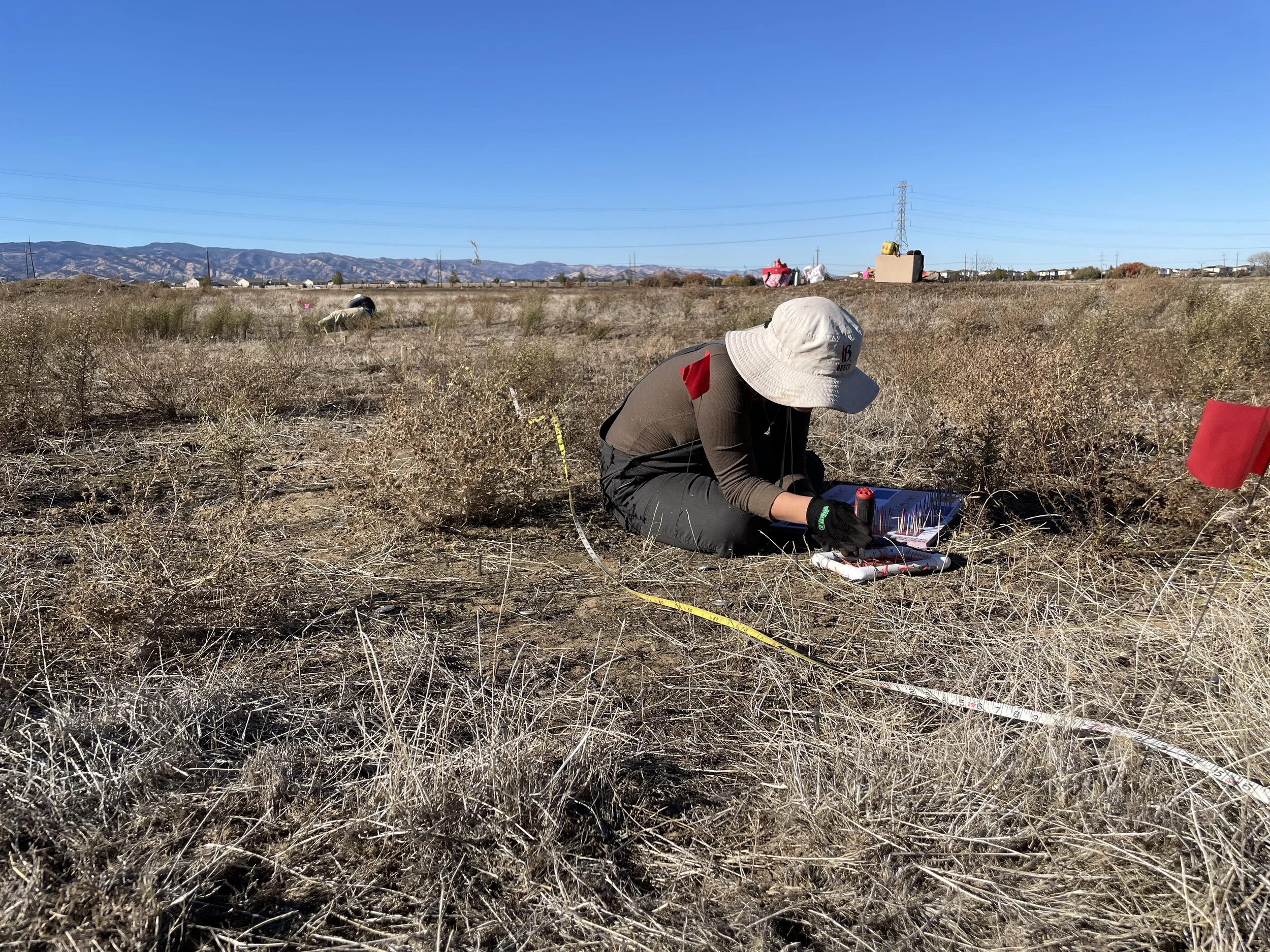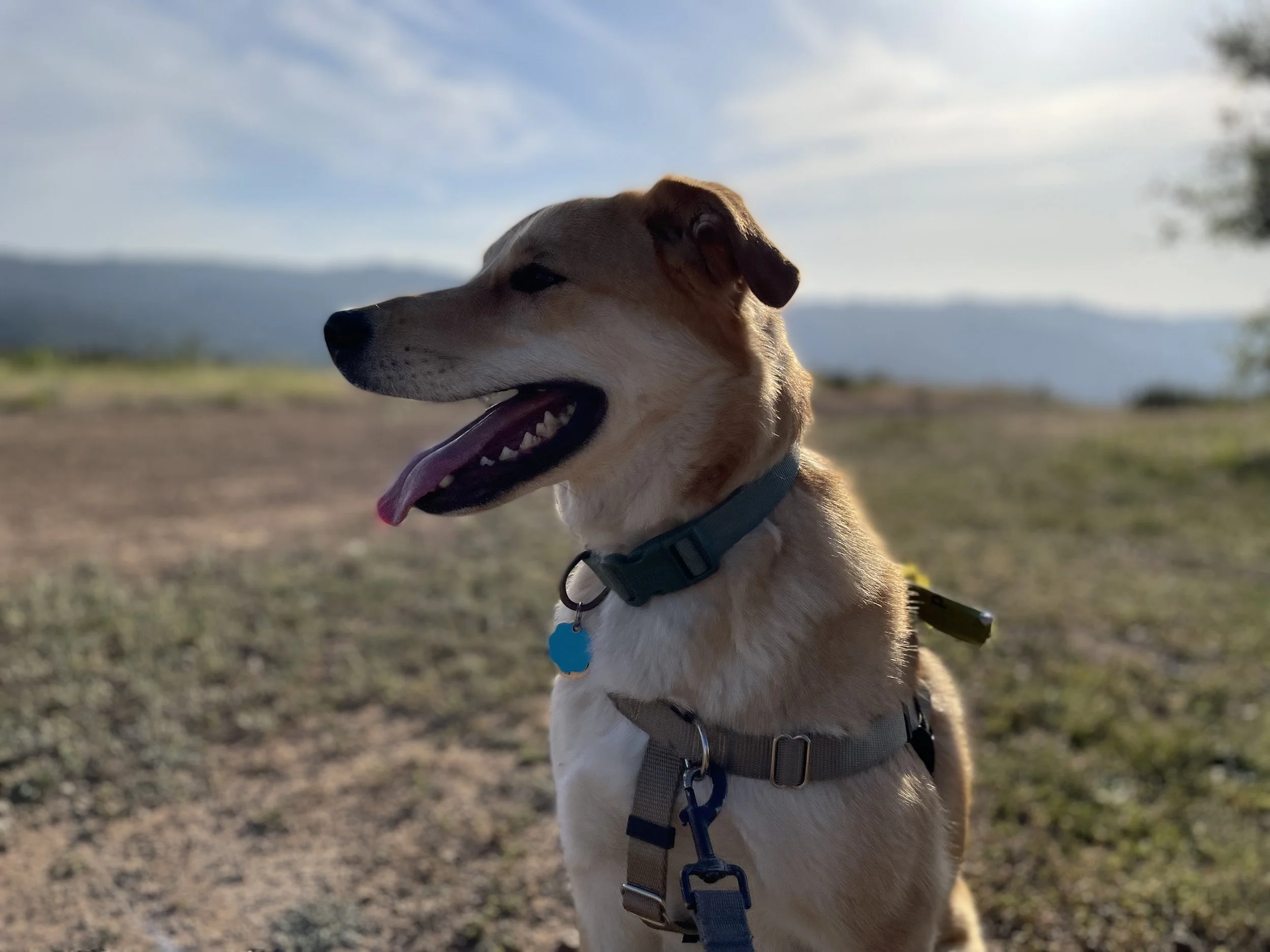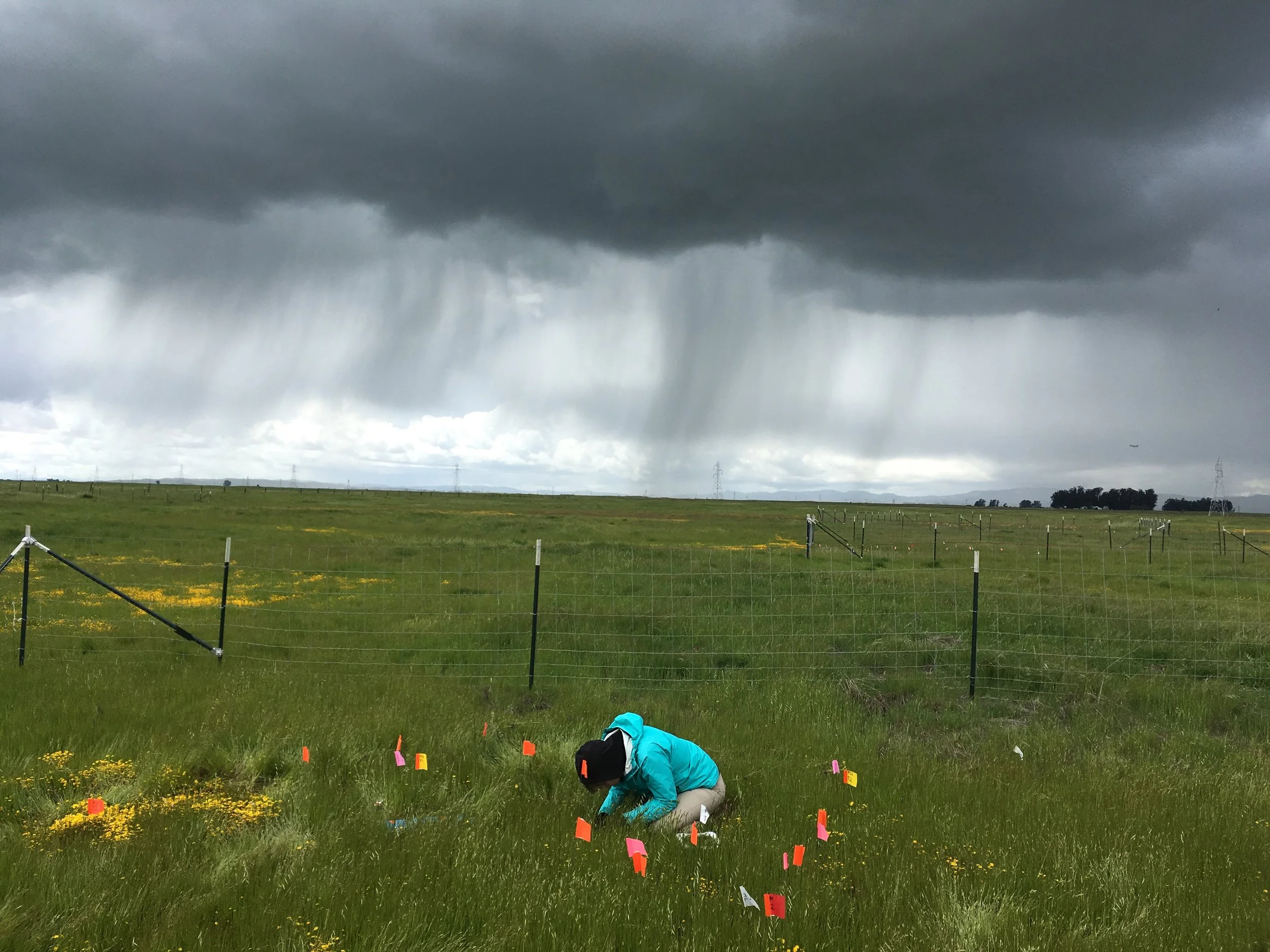
Education and Outreach
“Education is the point at which we decide whether we love the world enough to assume responsibility for it.”
- Hannah Arendt
Our Courses
-
01.
EBIO 4600: Evolutionary Ecology
This course is a CURE (Course-Based Undergraduate Research Experience) for advanced undergraduates in Ecology & Evolutionary Biology that are interested in gaining an authentic research experience in the classroom context. We learn evolutionary ecology by doing research that fulfills true gaps in knowledge. This class is small, intense, and ideal for students who are eager to learn to ask and answer their own questions.
This course is taught in the fall semester of even-numbered years with Dr. Emery as the solo instructor.
-
02.
EBIO 3800: Evolutionary Biology
This course focuses on the study of the principles of evolution and covers diverse topics that include the sources of variation, the role of natural selection and genetic drift in driving the evolution of populations, the origin and evolution of phenotypes, and the history of biological diversity on earth. The content and design of this course requires you to practice critical thinking, quantitative analysis, and cooperative learning.
This class is taught by Emery in the fall semester of odd-numbered years, and by other EBIO faculty every other semester.
Stepping Out Into the Community
Our lab develops engaging science activities for K-12 students to foster curiosity and learning in evolution, ecology, and conservation. Using hands-on activities, interactive observation, and student-driven experiments, we aim to inspire the next generation of scientists, conservationists, and plant enthusiasts.
Going Places
How to plants get around if they’re stuck in the ground? This activity explores the variety of ways that seeds travel the world: hitchhiking on animals, floating in streams, flying in the wind. Through an interactive book, hands-on experimentation, and an art project, students combine ecology, physics, and creativity to grow their understanding of plant-environment relationships. Currently designed for 4th-5th grade students. Contact Dr. Emery if you are a local teacher and want us to lead your classroom in this activity!
+Resources Coming Soon!
Strange Plants
Plants provide some of the most mind-boggling examples of biodiversity: there are species that eat insects, respond to touch, look like silly-string, smell like dead animals, and sprout roots from their leaves. In collaboration with the 30th St. Greenhouse at CU Boulder, our lab brings living plant specimens from around the world to local schools to let students see, smell, and touch this diversity first-hand. With advance notice, we can provide each student with their own Venus Flytrap. Please contact Dr. Emery if you would like us to visit your classroom!









